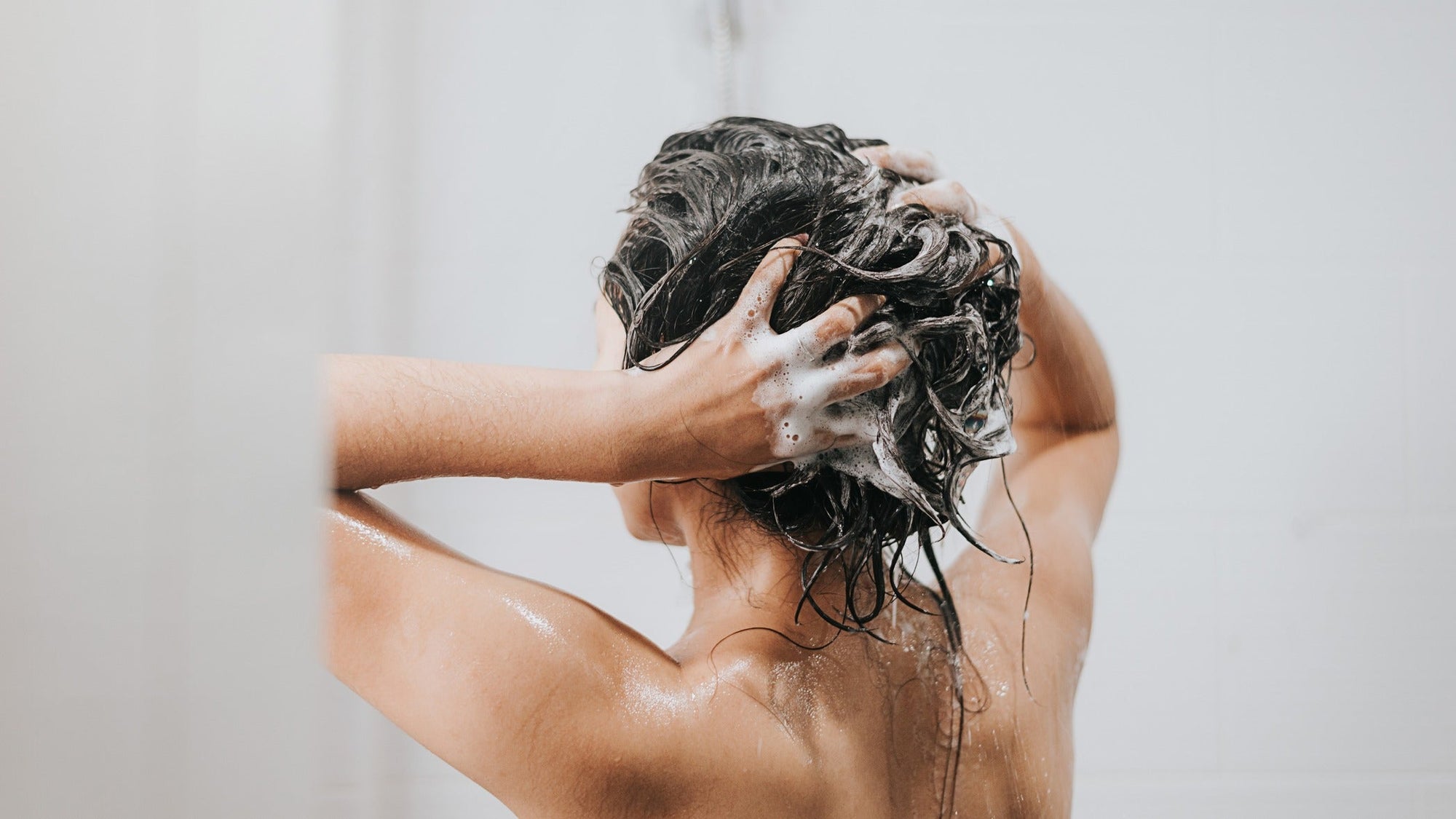Unless you live in a drought-afflicted area, it’s not always immediately obvious why water conservation is so important. But fresh water is a limited resource, and the process of purifying water is costly and energy-intensive. Even if your area has no problem with droughts, taking steps toward conserving water in the house still helps the environment and benefits us all.
Understanding Water Consumption
But before you can really start reducing water consumption, you need to understand your water use. For a few days, really pay attention to each time you use water: brushing your teeth, washing your hands, flushing the toilet, showering, running the dishwasher, cooking, drinking water, and so on.
To take it a step further, use an online tool to calculate how much water you’re using. The owner’s manuals for your appliances might also tell you how many gallons of water per minute they use. In addition, to get a baseline for your entire household, check your water meter to see exactly how much your family is using over the course of a day or a week.
Reducing Water Use at Home
Now that you know when, how, and how much water you’re using, it should be easy to come up with some ideas to cut back. Taking shorter showers is a simple change for most people, as is making sure to turn off the tap when you do something like brushing your teeth.
Next, consider how you’re doing household chores. One thing to be aware of is whether you run your dishwasher or washing machine with less than full loads. They’ll use the same amount of water no matter how full they are, so running them half-empty creates a lot of wasted water.
Water-Efficient Appliances
Of course, the appliances themselves also matter to water conservation. Newer dishwashers, washing machines, and toilets are usually more efficient, meaning they use less water, and some models have additional water-efficient features. Don’t go out and buy new appliances if you don’t need them, but keep this in mind next time you’re in the market for one. Even smaller things like faucets and shower heads come in versions that are less water-intensive, and that’s an easier (and cheaper) switch to make.
Collecting and Recycling Water
A lot of things we do create wasted water, but they don’t always have to. That water can be collected and reused for things like mopping, watering plants, and in some cases, even cooking. Save the water from boiling pasta or vegetables to reuse in things like soup. When you’re waiting for the shower to heat up, use a pot or bucket to collect the running water – it can be used for anything.
Greywater is wastewater you wouldn’t want to ingest, but it can be used for nearly anything else. Dehumidifiers and air-conditioners are common sources of greywater, which you can reuse instead of dumping it out. If you live in a rainy area, you can even collect rainwater to use outside.
All of these changes will help you and your family save water and become better stewards of the environment. Plus, look at your water bill next month, and you’ll see that it’s also saving you money!


